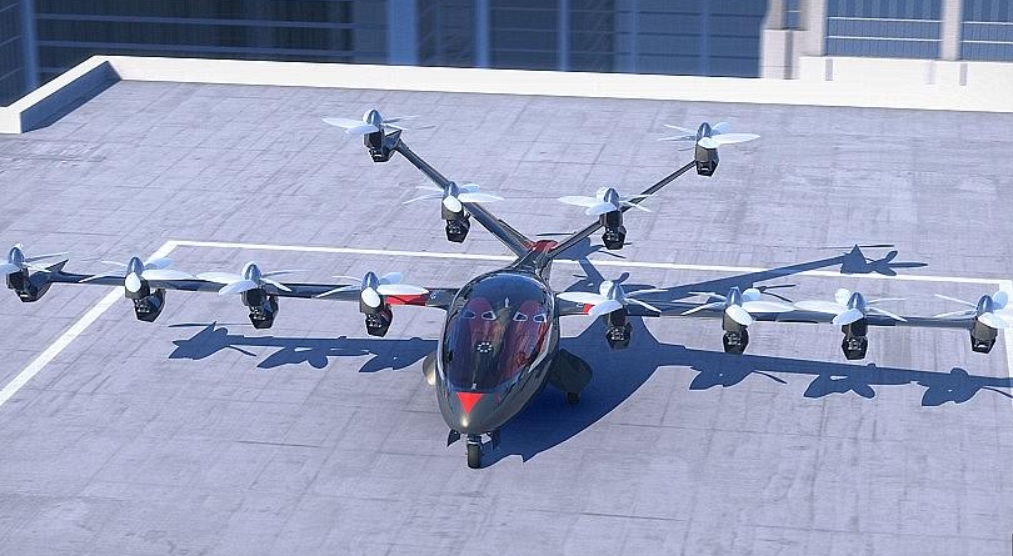We already fight wildfires with controlled burns, so why not do the same with lightning and electricity? Researchers from the Massachusetts Institute of Technology are doing just that – developing a device that electrically charges an aircraft to avoid lightning, reported a ScienceDaily article.
There’s no commercial aircraft in the world that hasn’t been struck by lightning. Every plane gets hit at least once a year. That’s because the skin of an aircraft is an electrical conductor.
In a thunderstorm, the plane acts as an airborne lightning rod, drawing lightning strikes that could damage its externals and affect internal electronics.
The usual procedure for avoiding lightning strikes is to reroute flights around storms, which the bane of every frequent flyer because of the resulting delay.
The MIT team found out that electrically charging the plane to an appropriate level would significantly reduce the chances of getting hit by lightning. They based their idea on the way the external electrical state of an aircraft changes when it flies through an ambient electric field like a thunderstorm.
The electric field causes the plane to polarize, with one end gaining a positive charge while the opposite end builds up a negative charge. High polarization triggers a “positive leader,” an electrically conductive flow of ionized gas that’s the prelude to a bolt from the blue.
Knowing this, the researchers suggest temporarily giving the plane a negative charge. Doing so will dampen the highly charged positive end and prevent a lightning strike from taking place. (Related: Leveraging new tech for conservation: Drones help researchers track sea turtles, gather data.)
A potential end to flight delays from rerouting
In their study – which they published in the American Institute of Aeronautics and Astronautics Journal (AIAA) – the MIT research team have modeled their concept.
They are contemplating an automated control system that links together sensors and actuators with compact power supplies.
The sensors would keep an eye on the aircraft’s electric field. Once a possible positive leader is detected, the actuators would generate an electrical current to charge the appropriate end of the airplane.
According to MIT researchers, the electrical charge would require less power than the typical light bulb.
“We’re trying to make the aircraft as invisible to lightning as possible,” explained Jaime Peraire, co-author of the report. “Aside from this technological solution, we are working on modeling the physics behind the process.
“This is a field where there was little understanding, and this is really an attempt at creating some understanding of aircraft-triggered lightning strikes, from the ground up,” Peraire said.
Protecting aircraft from lightning strikes saves time, money
Passengers are pretty safe from lightning since the cabin of an aircraft is heavily insulated against any external electrical activity. The most they’ll experience during a lightning strike is a flash of light or a loud sound.
However, the aircraft itself will require safety inspections and systems checks that could cause flight delays. Actual physical damage would sideline the vehicle for prolonged and expensive repairs.
While this is bad enough for all-metal aircraft, the newer ones might be more vulnerable to lightning-related damage. Carbon fiber and other non-metallic composite structures are used in some parts of the newest aircraft.
Electrical charges tend to build upon panels that are poor electrical conductors, such as the non-metallic composites. Panels with different electrical potentials can experience electrical sparks that can damage systems.
“Modern aircraft are about 50 percent composites, which changes the picture very significantly,” said Carmen Guerra-Garcia, one of the MIT researchers who are working on the lightning strike protection system.
“Lightning-related damage is very different, and repairs are much more costly for composite versus metallic aircraft. This is why research on lightning strikes is flourishing now.”
Stay updated on the future of airplanes at FutureScienceNews.com.
Sources include:
ScienceDaily.com
Arc.AIAA.org




















